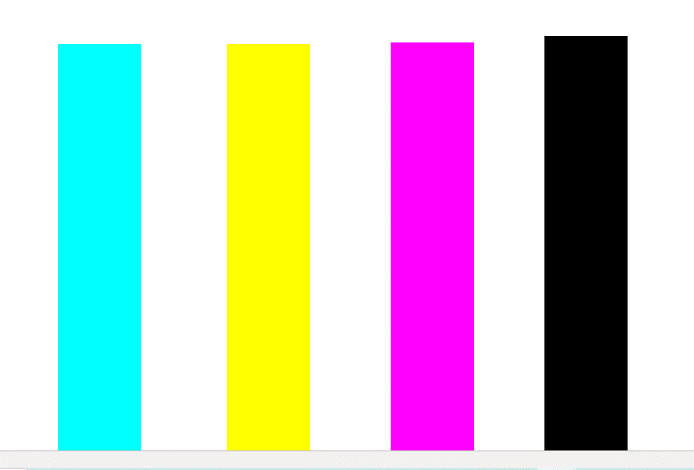

Static electricity can damage printing system circuits and affect print quality. Install a non-wetting humidification system.Įlectrostatic discharge (ESD) – static electricity – often results from dry conditions and fabric moving across printing surfaces. Refer to the manufacturer guide for humidity level. Ink drying rapidly on the printhead, nozzles, and material. Maintain Ideal Temperature and Humidity Problem

It is essential to ensure the power-supply stability of your DTF printer using a power supply regulator. This may cause the printer to burn the printhead or not recognize the printhead. When an external voltage is too high or unstable, it impacts the printhead. Voltage stability used by DTF printers is critical. Voltage Stability and Static Electricity of DTF Printer Always choose high-quality inks from reputable brands like Kao Collins, which collaborates with printhead manufacturers. Low-quality inks routinely cause nozzle blockage and burnouts, requiring expensive repair costs to printheads and control mechanisms. Low-quality inks jeopardize equipment performance because these inks suffer from poor filtration and incorporate lower-quality components for maintaining viscosity and other ink characteristics. Ink quality directly affects the service life of the printhead of your DTF printer. The automated process consumes minimal amounts of ink. Consider scheduling two automatic cleanings overnight.

If the printer is not used for some time, it will also execute the automatic nozzle cleaning command when powered on. Nozzle blockage of the DTF printhead is a common problem, and manufacturers incorporate automatic printhead cleaning systems to help reduce downtime. Run the automated cleaning process for the printer. Ink dried in the nozzles or possible air bubbles (see below) Always consult your manual and printer technician before you begin troubleshooting. DTF white ink is especially susceptible to separating and needs daily agitation. You will need to agitate the ink and run an automatic printhead clean before printing if operating intermittently every 2 or 3 days.

The best form of maintenance is a continuous operation. Each substrate may require a different pre- and post-treatment.īelow are troubleshooting steps. The printers apply inkjet inks to transfer papers that are then pressed on to many types of fabric. Common problems with DTF printers involve failed nozzles from clogs or air bubbles.


 0 kommentar(er)
0 kommentar(er)
